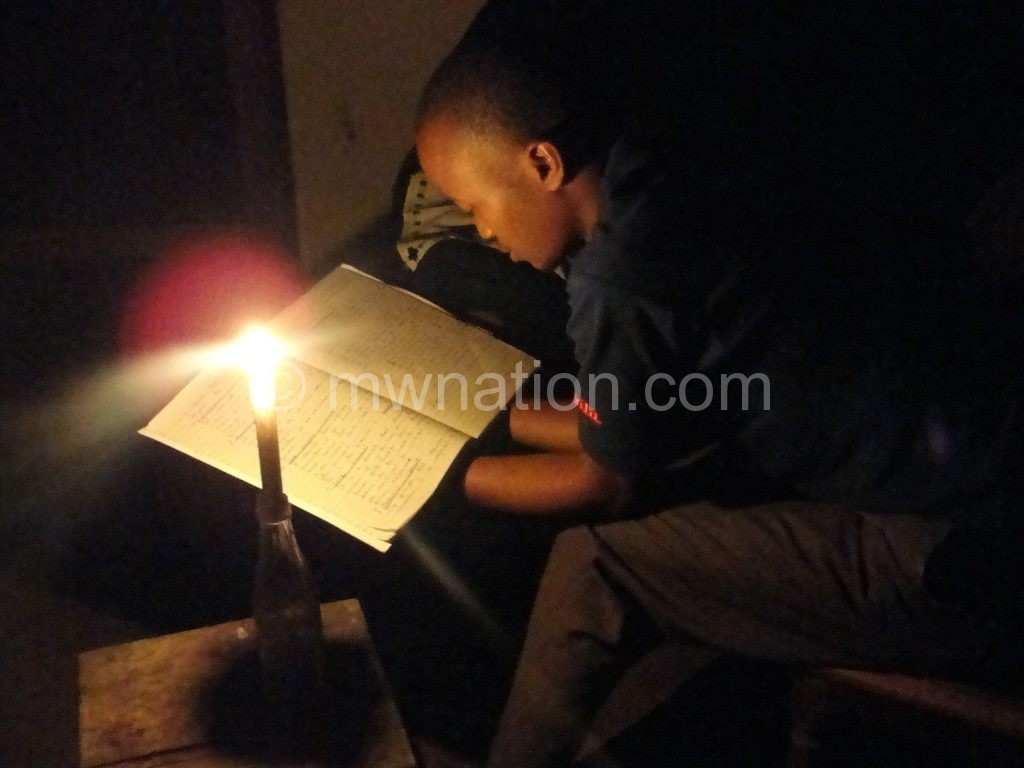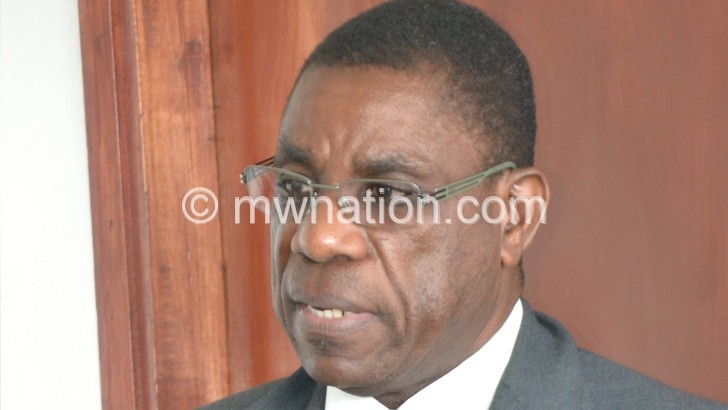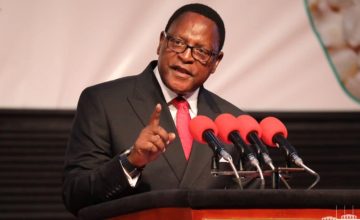Zambia power deal dilemma
News that Escom had signed a deal with Zambia to supply power to Malawi came with relief, but Malawians will continue to bear the brunt of persistent power shortage after Escom missed deadline to start tapping power from its western neighbour for the second time due to ‘tests’.
As it stands, the development pins the country to the available 200-220 Megawatts (MW) that the Electricity Generation Company (Egenco) is generating.

Initially, quoting Minister of Natural Resources, Energy and Mining Aggrey Masi, Electricity Supply Corporation of Malawi Limited (Escom) posted on its website, on August 9 2018, that the power purchase project with Zambia would commence at the end of September 2018. Escom signed the five-year agreement with Zambia Electricity Supply Corporation (Zesco) in August this year, to tap 20MW from Chipata through Mchinji to boost supply amid the reduced generation capacity.
In October, supply shrank by 20MW—from 200 to 180MW— due to what Egenco described as reduced water levels in Lake Malawi and Shire River resulting from Mwera winds.

Escom said, in a statement on October 24 this year, the Zambia power supply project would be commissioned on November 2 2018 as Zesco were making final touches on technical aspects of their line.
Almost a month now, the launch is yet to take place but and Escom chief executive officer Allexon Chiwaya said yesterday the project was undergoing tests.
“Based on the tests, we shall continue fine-tuning technical aspects to maximise the gains.
“Meanwhile, we plan to commission the project on December 10 2018,” said Chiwaya in a response to a Weekend Nation questionnaire.
But, in a telephone interview from Lusaka, Zambia on Thursday, Zesco managing director Victor Mundende said all was set on their part.
“As Zesco, we already commissioned the line for the cross-border supply into Malawi and we are releasing about 20 Megawatts of power, which is flowing as we are talking,” said Mundende.
The Zesco chief said they also finished constructing a 33kv line to supply power from Chipata to Malawi. But he did not explain if the commissioning, ahead of Escom, would have financial implications on the latter.
“This is just a medium-term solution. In fact, we consider Malawi as a good market to trade power with either way, so on our part, and in the long-term, we are going to construct either a 132kv or 330kv line for us to increase the supply to Malawi,” he explained.
Mundende said Zesco was aware of Malawi’s power deficit and as such they see this as a trade opportunity.
“We are committed to supply power into Malawi and we know that power will transform and unlock your country’s potential,” he said.
Zambia has a generation capacity of over 2 700MW, but only uses around 2 100MW.
Chiwaya said in November Escom had been getting an average of 210MW from the Independent Power Producers (IPPs), against the national requirement of 350MW.
Although the 20MW would ordinarily benefit residents of Mchinji, Kasungu and some parts of the administrative capital, Lilongwe, the development means availability of additional power to Malawi, and which would increase supply to other areas.
But the prolonged delay to start importing the Zambian power has angered Consumers Association of Malawi (Cama) executive director John Kapito who has queried the capability of Escom management.
“When you are signing a contract, you have a fixed date of delivery, but it is surprising now they are moving the dates and, meanwhile, people are still in darkness,” said Kapito.
He observed that when Escom announced the Zambia power supply deal it created hope for Malawians and made them believe something better would happen only to be kept in suspense.
“Can these people at Escom not be disciplined or punished? Do we really have people at Escom that we can trust for what they are telling us?” Kapito wondered.
The consumer rights activist claimed Escom management has lost its “integrity and credibility and is fortunate because of a quiet and polite public”.
According to Egenco spokesperson Moses Gwaza, they are currently generating between 200-220MW.
Ninety percent of power is generated using waters of Lake Malawi and Shire River.
“We expect production to increase further with continued rains. Malawians should, therefore, expect improved power supply,” he said.
Since the announcement of power generation reduction due to Mwera winds two months ago, Malawians have been subjected to nine hours of load-shedding, from the six hours and they hoped that the 20MW would reduce the impact of the current situation.
Malawi entered into an energy cooperation agreement with Zambia in September 2015 to, among other things, facilitate the interconnection of electricity grids between the two countries to enable them to exchange power resources.
The extended load-shedding comes at a time when early this year, Escom hired diesel-powered generators to add 78 megawatts to the national grid and ease the impact of load shedding Malawians have been experiencing.
Out of the 78MW, 35MW was installed at Chichiri in Blantyre, 23MW at Chinyama in Kasungu and the remaining 20MW at Kanengo in Lilongwe.
The continued load-shedding also comes 12 months after President Peter Mutharika told journalists in Blantyre that the power outages will be “a thing of the past in a year’s time”.
Mutharika promised Malawians after his ‘surprise’ storming of a rare Escom and Egenco joint board meeting on October 25 2017 where he also outlined short-term measures to ease energy woes.





